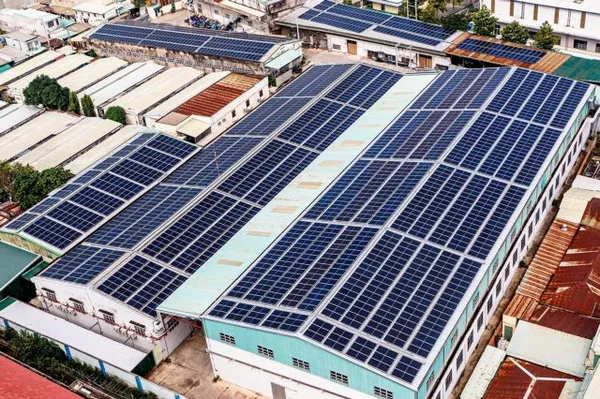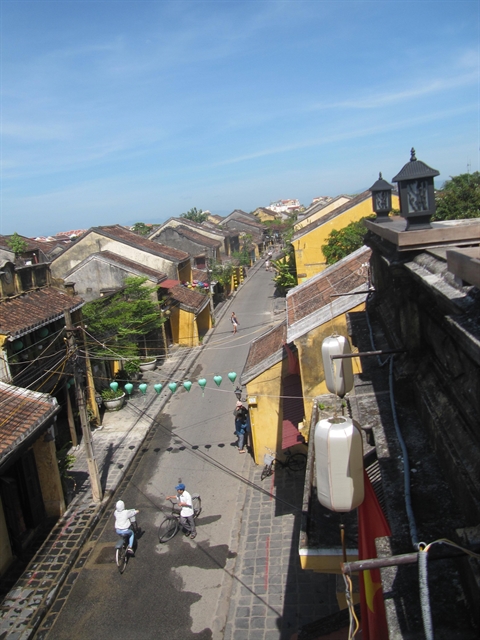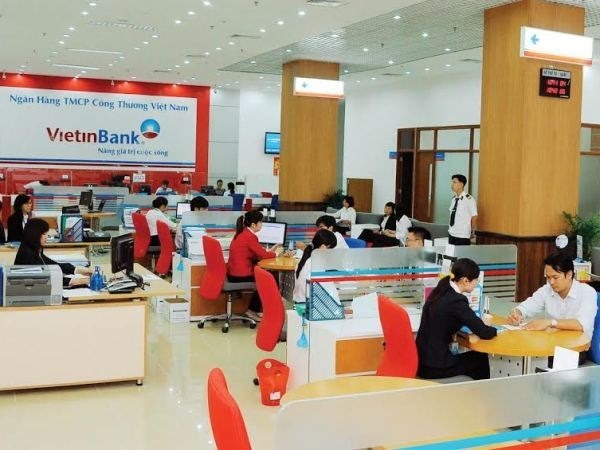 Economy
Economy

The Vietnamese banking system could face a capital shortfall of almost US$20 billion – equal to 9 per cent of the country’s GDP – to meet the requirements of Basel II, scheduled for implementation on January 1, 2020, and to increase allowance coverage to a level that reflects underlying asset-quality problems, Fitch Ratings said in a report released on Wednesday.
 |
| Vietnamese banks are likely to step up capital issuance over the next 18 months. - Photo VietinBank |
HÀ NỘI — The Vietnamese banking system could face a capital shortfall of almost US$20 billion – equal to 9 per cent of the country’s GDP – to meet the requirements of Basel II, scheduled for implementation on January 1, 2020, and to increase allowance coverage to a level that reflects underlying asset-quality problems, Fitch Ratings said in a report released on Wednesday.
According to Fitch, local banks are likely to step up capital issuance over the next 18 months, which could improve the credit profiles of rated banks if it results in a meaningful and sustained increase in capitalisation. However, a lack of depth in domestic capital markets may create challenges, particularly as some banks are close to or at the limit for foreign ownership.
"Basel II implementation is likely to require Fitch-rated banks to raise $4.1 billion in capital, assuming they target a minimum 8 per cent Tier-1 capital ratio and continue to rapidly grow their balance sheets," Fitch said, adding that this estimate is based on its assessment that Basel II will increase average risk-weighted assets by 42 per cent, taking into account the impact of higher standardised credit risk weights and capital charges for operational and market risks.
The total capital shortfall of Fitch-rated banks could increase to $6.5 billion if they were to also raise their allowance coverage to 5.0 per cent of gross loans and Vietnam Asset Management Company (VAMC) special bonds, from 2.3 per cent at end-2017. This would be more commensurate with a normalised through-the-cycle problem-loan ratio and address the system-wide under-reporting of non-performing loans.
The rating agency estimated that the capital needs of the whole banking system could be as much as three times larger than that of Fitch-rated banks, which accounted for 40 per cent of total system assets at end-2017 and were better capitalised than the rest of the system. State-owned banks are likely to require the majority of this capital, in light of their lower capital bases and weaker profitability compared with private banks.
"The large size of the Vietnamese banking system relative to its still-developing capital market limits banks’ ability to raise capital domestically. Total system assets were more than 200 per cent of GDP at end-2017, while the total market capitalisation of the HCM Stock Exchange index was about 45 per cent of GDP. Free-float adjusted market capitalisation was considerably lower, at 15 per cent of GDP. This leaves banks reliant on foreign investors as a source of Tier-1 capital, making the 30 per cent ceiling on foreign ownership a challenge, especially for banks near or at the limit – most notably, VietinBank and ACB," Fitch noted.
According to Fitch, the ability to issue share dividends will reduce the capital burden for some, though not significantly. Banks may issue Tier-2 capital in the form of subordinated debt as a short-term measure to meet regulatory minimum capital requirements. However, the amount of subordinated debt recognised as Tier-2 is capped at 50 per cent of Tier-1 capital.
Large Vietnamese banks raised around $1.7 billion in equity capital in 2015-17, largely through share dividends and issuances. Banks plan to raise a further $2 billion in 2018, largely driven by capital raising efforts of private banks, such as Techcombank and VPBank, most of which is still to be completed. – VNS

.jpg)







